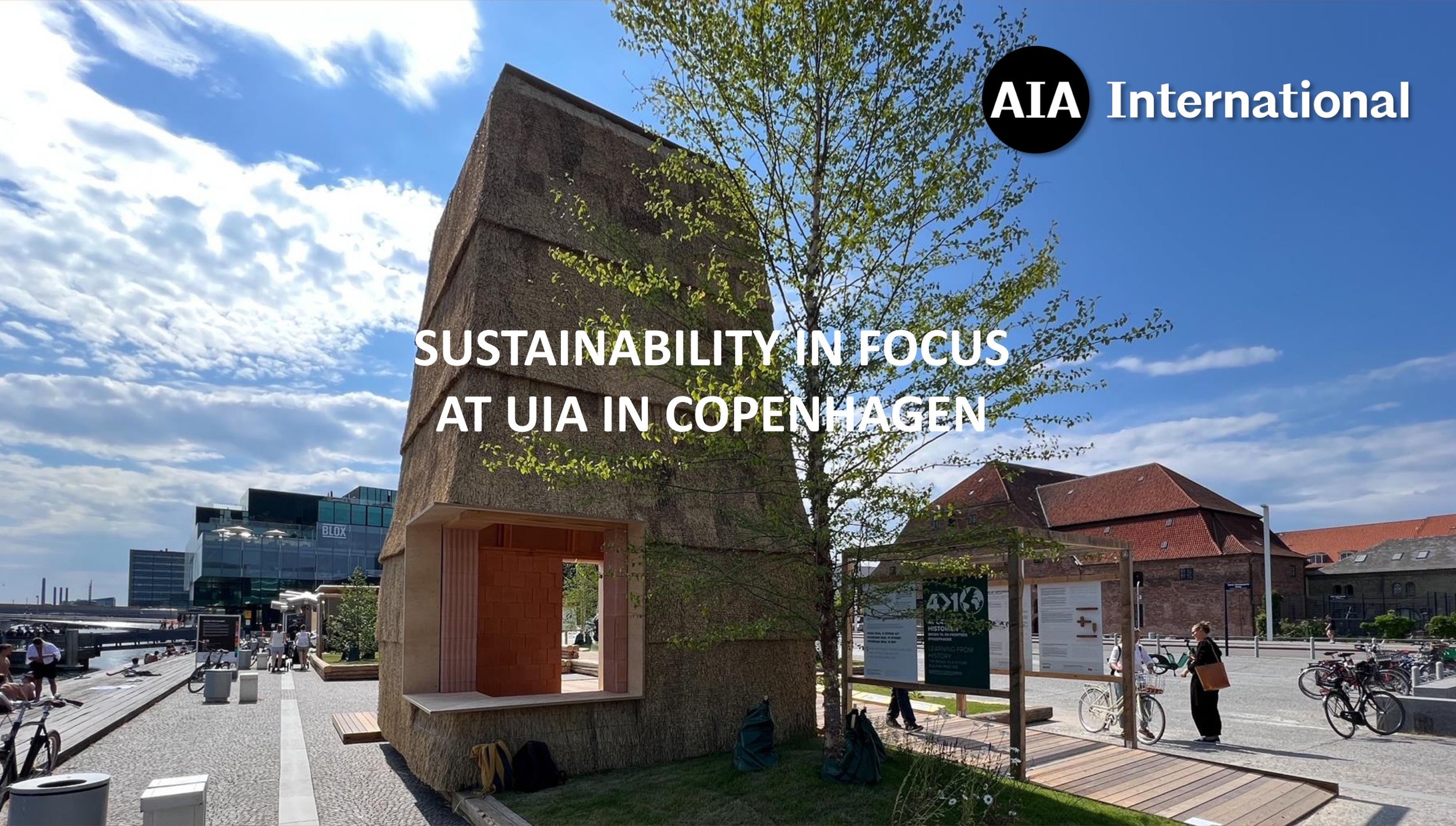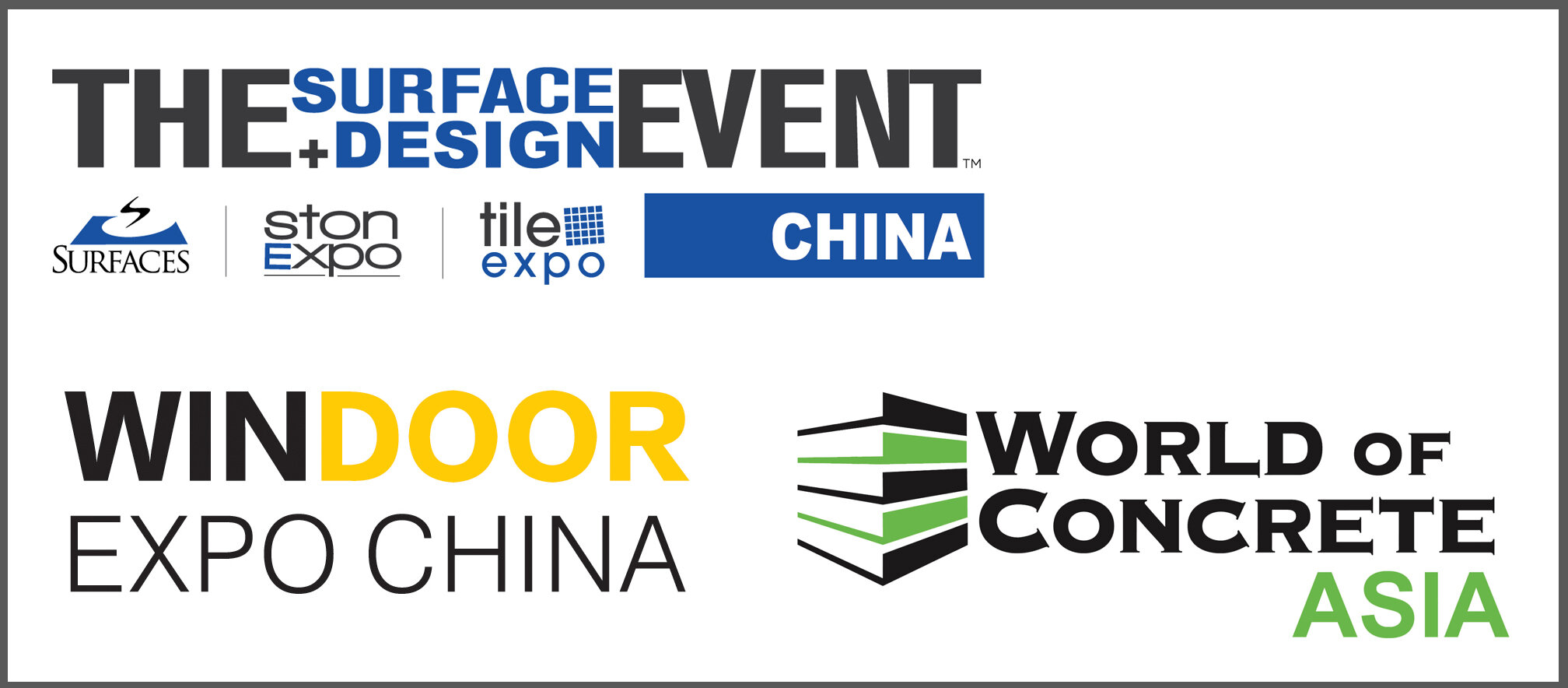In a few weeks thousands of architects from all over the world will convene in Copenhagen, Denmark, for the 2023 UIA World Congress of Architects.
The UIA (the International Union of Architects) is an international non-governmental organization recognized by UNESCO as the only architectural union operating at an international level.
Founded in 1948, this year the UIA will celebrate its 75th anniversary. Through its member sections, the UIA is represented in over 100 countries and territories, geographically grouped into five regions. The AIA represents the United States in region III, the Americas. Past president of the AIA (2016-2017), Thomas Vonier, FAIA, was the UIA president from 2017-2021.
The Nordic Section of the UIA (which is composed of Denmark, Finland, The Faroe Islands, Iceland, Norway, and Sweden) won the 2023 bid to host the World Congress and it is the first time it is held in a Nordic country. The host city, Copenhagen, has been preparing for a long time to deliver an architectural and urbanistic spectacle for the many visitors.
The World Congress has set its eyes on showing ways in which architecture can be a central tool to achieve the United Nations 17 Sustainable Development Goals (SDG’s). As part of this exploration fifteen 1:1 experimental pavilions have been constructed around the city center of Copenhagen. The explorative constructions greet visitors on selected locations in Copenhagen, including the city’s iconic harbor area.
Each pavilion is the result of a collaboration between architects, engineers, material producers, science institutions, associations, and foundations, all working to towards asking the right questions when it comes to building for the future, relating to one or more of the UN’s 17 Sustainable Development Goal (SDGs).
In accordance with the theme of the UIA World Congress “Sustainable Futures – Leave No One Behind,“all SGD Pavilions are designed to be accessible to everyone and are built with emphasis on responsible consumption of materials with plans for recycling, reassembly or reuse after the exhibition = their afterlife.
Some of the pavilions were finished ahead of the world congress and I was able to visit a few during a recent trip to Denmark. Read more about the UIA World Congress and the pavilions.
SDG pavilions along the Copenhagen waterfront exploring how we can reduce climate impact from residential buildings to a fourth of the current level. To the right Rønnow Architects, Leth & Gori and CINARK and to the left Tegnestuen LOKAL + Aaen Engineering. (Photo: Henning Martin-Thomsen)
Pavilion by Rønnow Architects, Leth & Gori and CINARK. In the background left the Danish Architecture Center in the Blox building. (Photo: Henning Martin-Thomsen)
ReVærk presents an aesthetically and functionally convincing home made from alternative materials, including rammed earth. (Photo: Henning Martin-Thomsen)
The Raft is presented as a sensory structure landing on one of Copenhagen canal’s floating platforms, aiming at offering visitors a direct and playful sensorial experience with the water. A key feature was to give wheel chair access to the experience hence the ramp. (Photo: Henning Martin-Thomsen)
Architecture is only given meaning once we interact with it. The concept of the pavilion ‘Reflections in Common’ is materialised in the design, which allows people to look at themselves against the backdrop of the city. (Photo: Henning Martin-Thomsen)
A map of where to find the pavilions, all located in Central Copenhagen. Check out more on the UIA congress website.
Living Places is Danish Velux experimental living environment set out to demonstrate that we do not have to wait for future technology to move and improve people’s lives while being regenerative for the planet. With Living Places, Velux wants to inspire – and prove that change is possible right now. Based on five key principles which can be applied to any home, community or city, we seek to create homes that are scalable, affordable and commercially viable. Read more about the five principles here. (Photo: Henning Martin-Thomsen)
Henning Martin-Thomsen, Arkitekt MAA, Int’l Assoc. AIA, MMD (CBS)
Publisher and contributor to AIA International Communication & PR Committee















